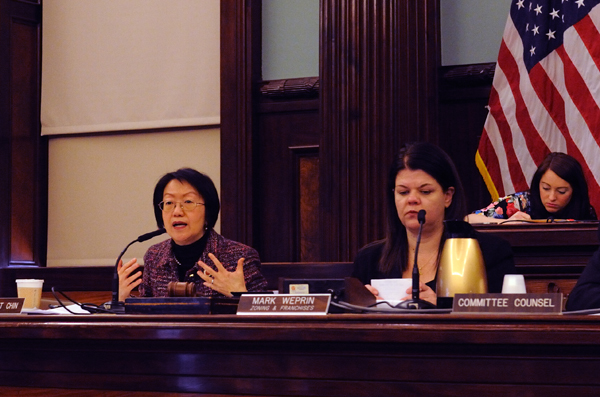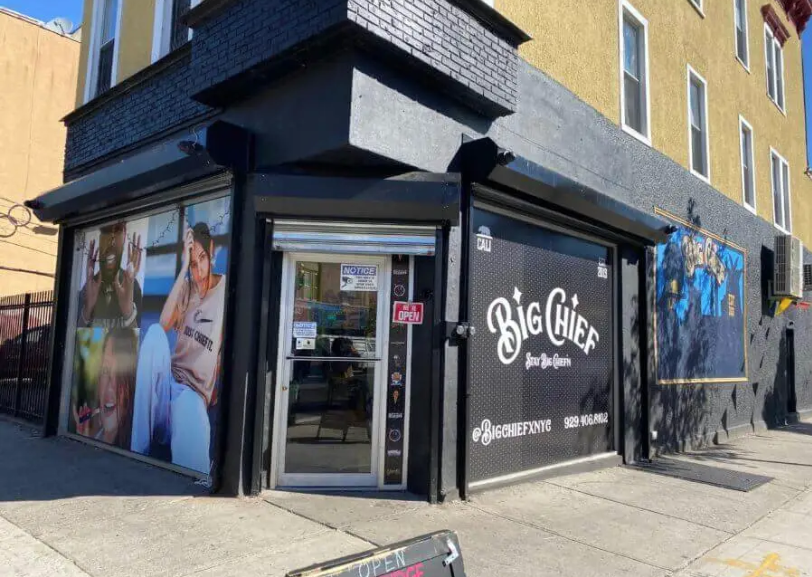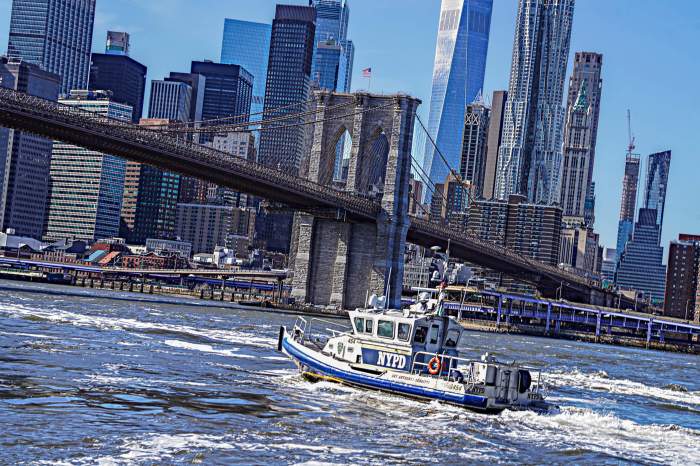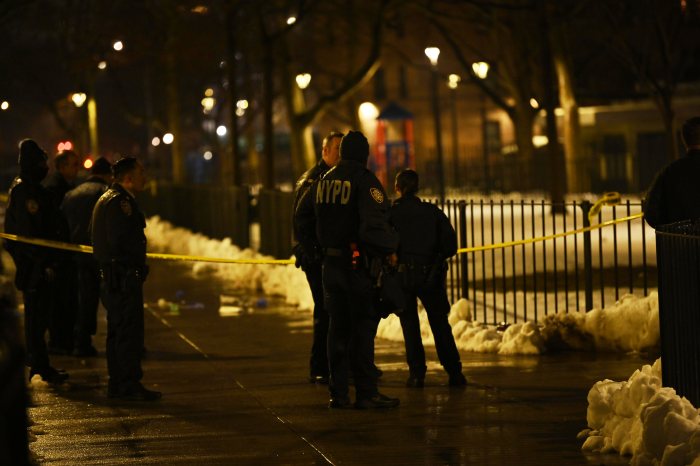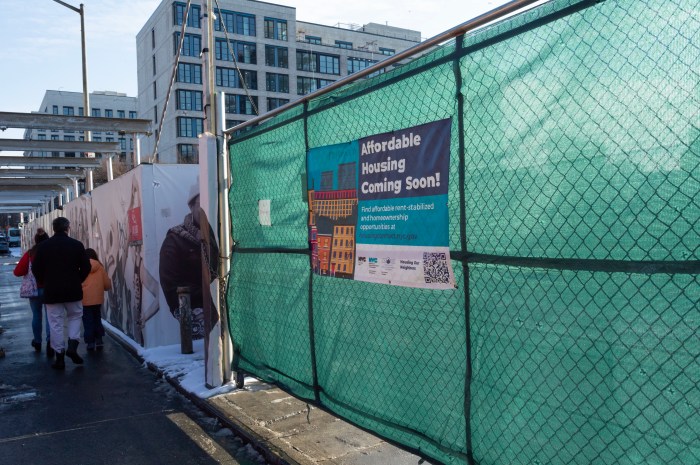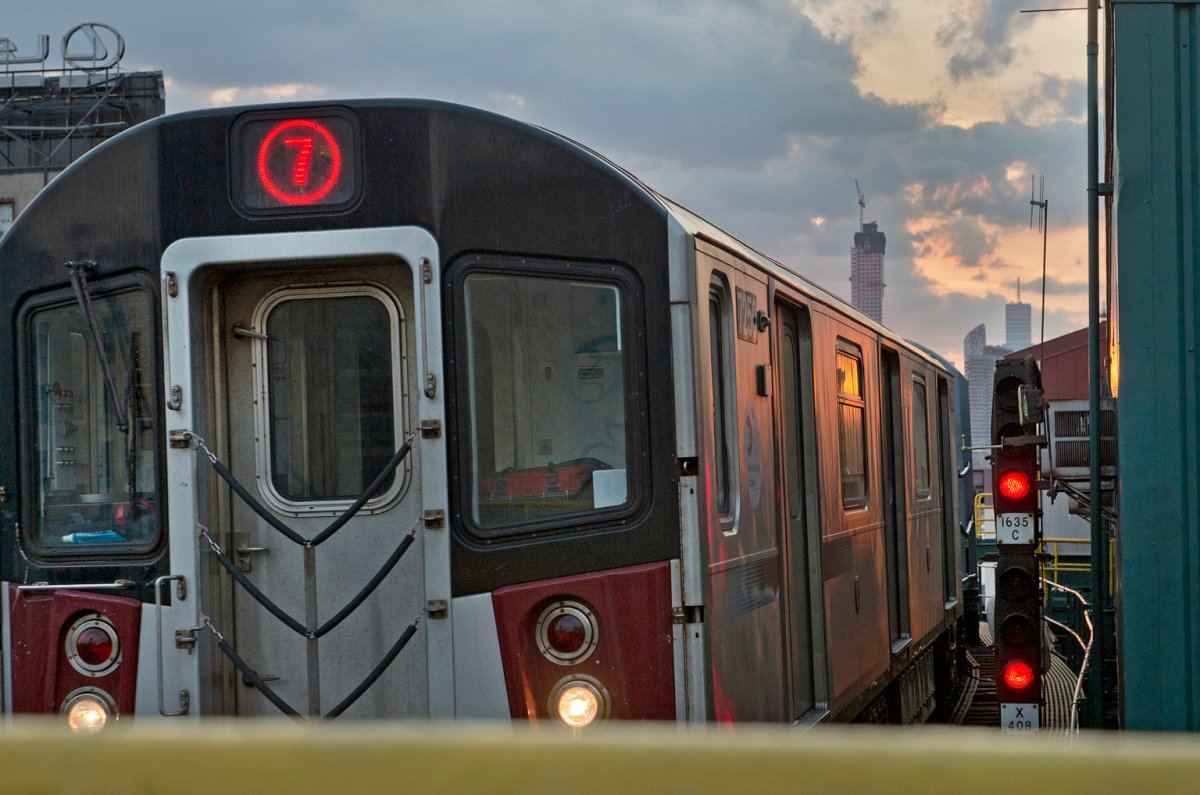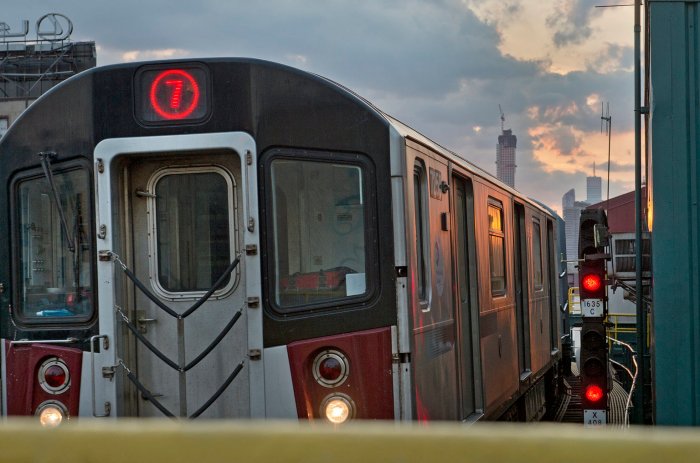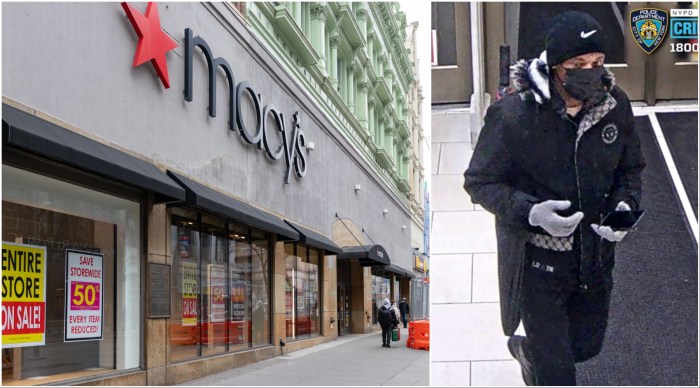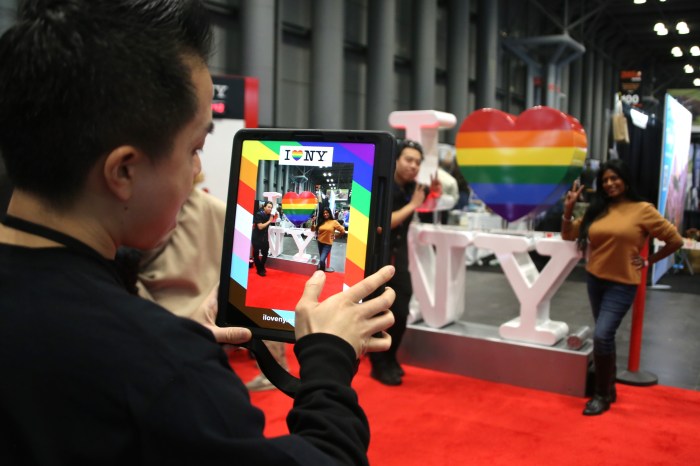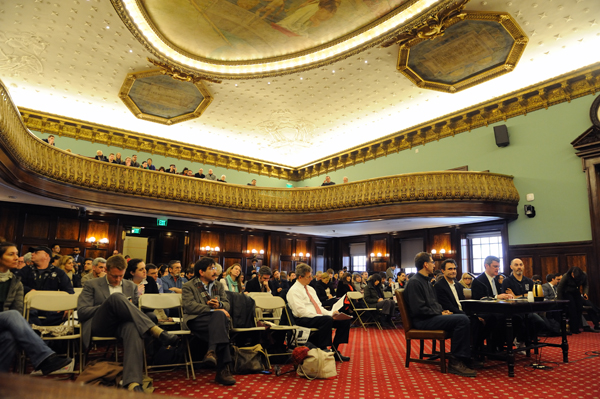
BY TERESE LOEB KREUZER
City Council’s ULURP (Uniform Land Use Review Procedure) hearing on Pier 17 had to be moved from a small hearing room at 250 Broadway to City Council chambers in City Hall on March 14 because so many people wanted to testify about The Howard Hughes Corporation’s plans to develop the Seaport’s Pier 17.
At 9:30 a.m., when the hearing was scheduled to start, the hearing room at 250 Broadway was packed and an adjacent room with a television link to the hearing room was also full. Around 50 people waited downstairs, unable to get into the building.
Because of the change in venue, the hearing didn’t start until shortly after 11 a.m. It lasted for around four hours. Many of the 200 people who wanted to speak had to leave before the hearing was over.
Accompanied by Gregg Pasquarelli, partner in SHoP Architects, and attorney Paul Selver, Christopher Curry, senior executive vice president of The Howard Hughes Corporation testified about Howard Hughes’ plans for the pier. Curry answered questions posed by Councilmembers Diana Reyna and Jessica Lappin, members of City Council’s Sub-Committee on Zoning and Franchises before whom the testimony was heard.
Councilmember Steve Levin from the Council’s Land Use Committee and Leroy Comrie, chair of the Land Use Committee, also questioned Curry. Levin, who represents several waterfront neighborhoods in Brooklyn, was concerned about Howard Hughes’ plans for concerts on Pier 17 and the degree to which noise would travel across the East River.
City Councilmember Margaret Chin in whose district the South Street Seaport is located, interrogated Curry sharply and at length. Chin wanted to know about Howard Hughes’ retail plans for the Seaport, the impact of construction on existing tenants, who have been told by Howard Hughes that they must vacate Pier 17 by April 30, how noise generated by proposed concerts on the pier would be mitigated, what public access there would be under the proposed plan and to what degree the proposed plan would accommodate maritime uses of the pier.
“I want Pier 17 to be functional, not just from a retail perspective, but as a home for real, active maritime uses,” she said.
Most of the people who testified at the hearing were opposed to Howard Hughes’ plans for Pier 17 and were wary of Howard Hughes’ intentions toward the rest of the Seaport. The company has a letter of intent in place with New York City’s Economic Development Corporation that would give it an option to develop the sites presently occupied by the New Market and Tin Buildings. Curry, speaking on behalf of Howard Hughes, has repeatedly denied that the company has a master plan for these sites or for the Seaport.
However, Howard Hughes has asked that the Seaport be rezoned in such a way that it could build large structures on the land adjacent to Pier 17.
Michael Kramer, speaking for the Save Our Seaport Coalition, asked that Howard Hughes’ rezoning request for Pier 17 be either withdrawn or made subject to restrictions that would preserve the historic and public character of the Seaport historic district.
“The Howard Hughes Corporation has presented a highly disingenuous development strategy, and their public presentations to the City and to Manhattan Community Board 1 are at best inconsistent with what they are saying in their SEC filings and investor solicitations,” Kramer read in a prepared statement.
“The scope of their ULURP includes both the Historic South Street Seaport District and Piers 15 and 16, and yet they cynically refuse to discuss any plans beyond Pier 17 for properties under their option or control.”
Kramer’s statement on behalf of the Save Our Seaport Coalition called Howard Hughes’ stance “dishonest and insulting to this body” “and contrary to sound master planning principles and the public process.”
The members of the Save Our Seaport Coalition include Save Our Seaport, Downtown Independent Democrats, The Historic Districts Council, Metropolitan Waterfront Alliance, Southbridge Towers, the Two Bridges Neighborhood Council and the New Amsterdam Market among other organizations and individuals.
The Save Our Seaport Coalition has been circulating a petition in support of its position that had garnered around 4,000 signatures as of March 14.
New Amsterdam Market, founded by Robert LaValva, would be most directly affected by Howard Hughes’ rezoning measures and presumed plans. LaValva wants the New Market and Tin buildings to be preserved and rehabilitated as a permanent, year-round, indoor home for the New Amsterdam Market, which for the last several years, has set up on Sundays from April through December under the FDR Drive between Beekman Street and Peck Slip.
“Some people will try to tell you that the ULURP before the Council today has nothing to do with the Fish Market site, and that we should express our concerns in the future,” LaValva said in his testimony. “I am here to tell you that is not the case. By voting to approve this ULURP, you will cause the City’s existing lease with Howard Hughes to be amended so that the City would no longer be obliged to maintain the two remaining, historic Fulton Fish Market buildings as a market at all. In addition, only office uses will be permitted in one of these Fish Market buildings, known as the Tin Building. Furthermore, by voting to approve this ULURP, you will be approving a rezoning not only of the Pier 17 mall, but of the entire waterfront from Maiden Lane to the Brooklyn Bridge, including the site of the Fulton Fish Market buildings.”
LaValva said that The Howard Hughes Corporation’s letter of intent to the city would permit development of the Fulton Fish Market site as a luxury residential high rise, hotel and retail complex.
“The proposed rezoning therefore enables a development that has never been revealed to the public or reviewed by the Council. If we wait until these plans are proposed, it will be too late,” he said.
He asked that City Council vote ‘no’ on the ULURP application “until such time that EDC and Howard Hughes submit their mixed use development plan for the Fulton Fish Market site to full public review.”
Among the supporters of the Howard Hughes plans for Pier 17 were construction unions whose spokespersons said the work on the pier would provide much-needed jobs, and the Downtown Alliance, whose spokesperson, Connie Chung, said “the success of Pier 17 will be a benefit to our entire business district. It will create more open space, more retail opportunities, more jobs and increased local sales tax revenue.”
City Council will vote on the Howard Hughes ULURP application before April 15.
Look for more updates and details on this story next week.
